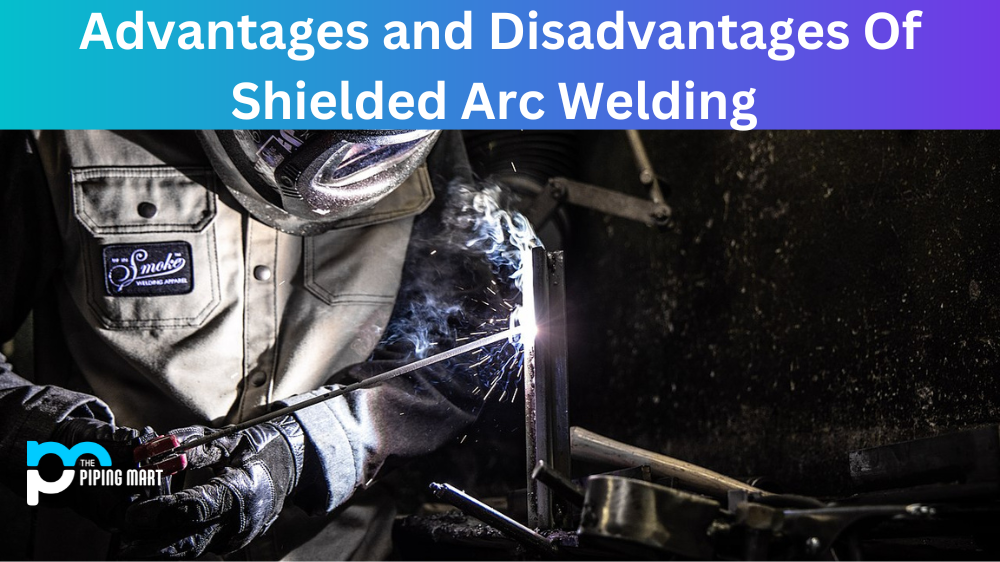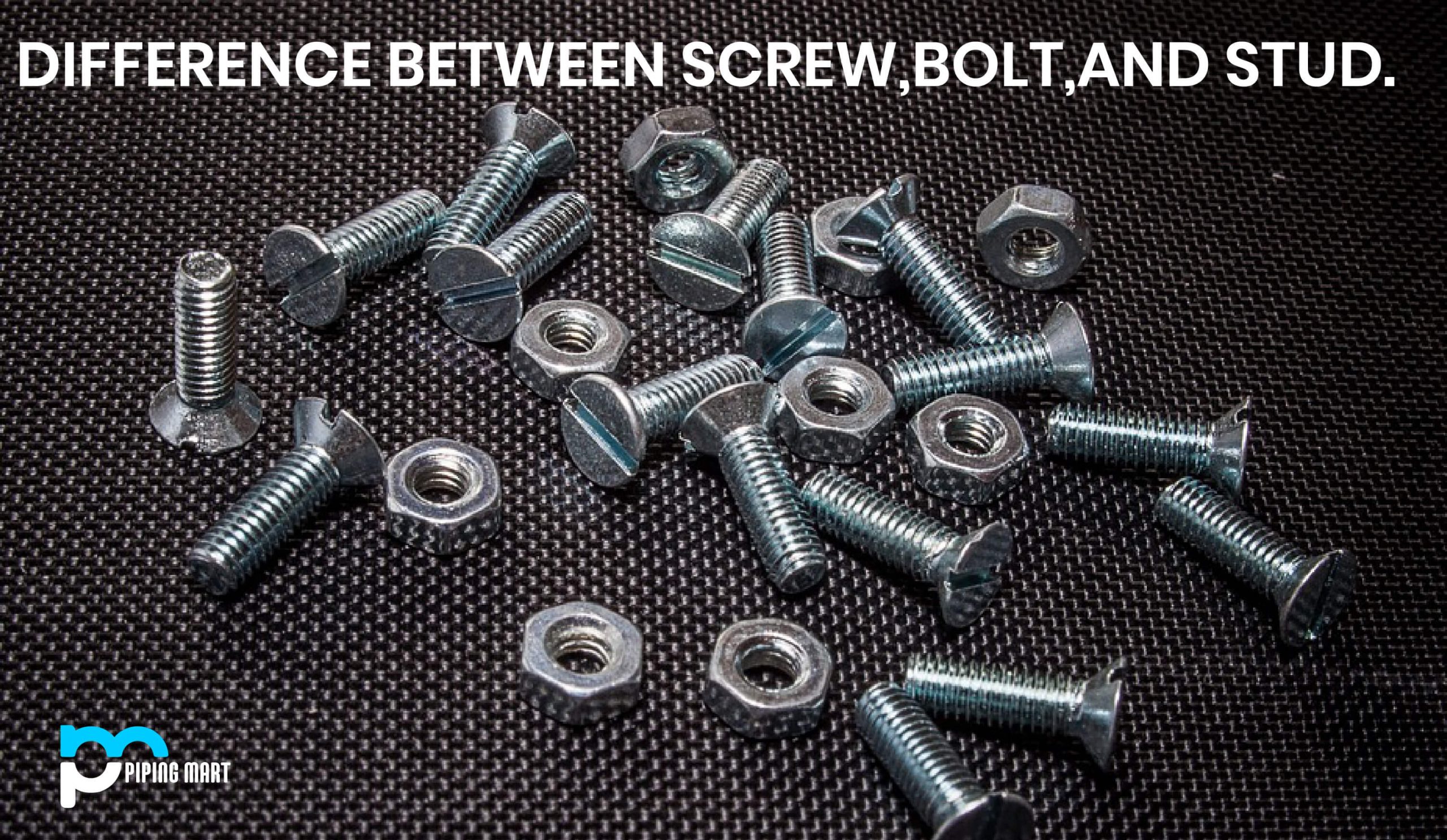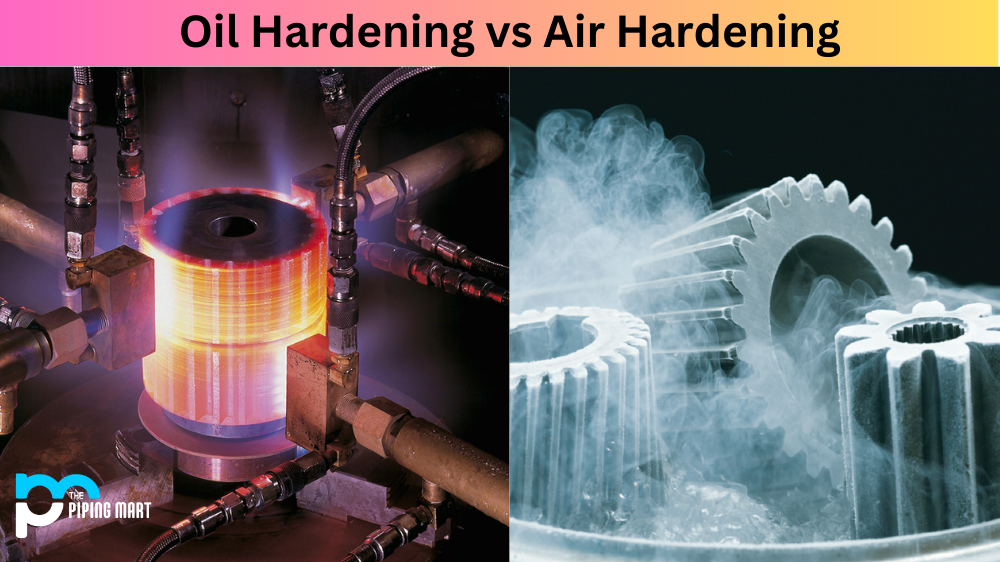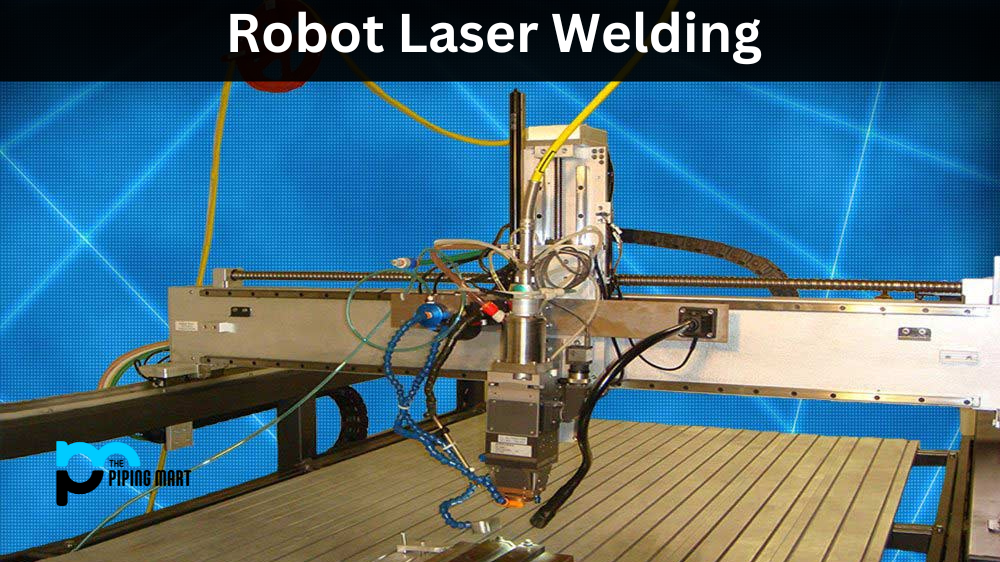Shielded arc welding (SMAW) is a popular method of welding that has been used for decades. It is often referred to as stick welding or manual metal arc welding (MMAW). This process uses an electrode rod coated in flux to create an electric arc between the metal and the electrode. The heat of this arc melts the metals together, forming a single piece. In this article, we will discuss the advantages and disadvantages of shielded arc welding.
Advantages of Shielded Arc Welding
One of the main advantages of shielded arc welding is its portability. Since it does not require any external power supplies or gas tanks, it can be taken anywhere and set up quickly. This makes it popular for use on construction sites where other methods may be impractical. It also requires minimal equipment; you only need the proper rods, electrode holders, clamps, brushes, etc., making it ideal for small projects or repairs in tight spaces. Additionally, SMAW does not require any extraordinary skill level to produce strong welds – even novice welders can produce good results with this method after some practice.
Another advantage of SMAW is its low cost compared to other welding processes, such as gas metal arc welding (GMAW) or flux-cored arc welding (FCAW). Finally, since it does not use any shielding gases as GMAW or FCAW do, there are no additional costs associated with purchasing or storing those gases.
Increased Productivity
One of the primary advantages of shielded arc welding is that it is a very productive process. This is due to the fact that the welding arc is protected from atmospheric contamination, which can cause the weld to be of poor Quality. The shielded arc welding process is much faster than other welding processes, such as gas tungsten arc welding.
Reduced Costs
Another advantage of shielded arc welding is that it can help to reduce costs. This is because the process is very efficient and can often be automated. Additionally, shielded arc welding produces little waste, as there is no need for filler material.
Increased Safety
Shielded arc welding also has a number of safety advantages. First, the process produces less heat than other welding processes, which reduces the risk of burns. Second, the process produces less ultraviolet light, which can cause eye damage. Finally, the process produces less fumes and smoke, which can be harmful to respiratory health.
Greater Versatility
Shielded arc welding is also a very versatile process and can be used on various materials, including metals, plastics, and composites. Additionally, the process can be used in a variety of environments, both indoors and outdoors.
Improved Quality
The shielded arc welding process also results in improved quality welds. This is due to the fact that the welds are less likely to contain defects such as porosity or slag inclusion.
Disadvantages of Shielded Arc Welding
Despite its many advantages, shielded arc welding also has some drawbacks that must be considered when deciding which method to use for a specific project. First of all, SMAW produces more spatter than other processes due to its lower current output, which causes droplets to form on the weld puddle when cooling down. Secondly, it is slower than other processes since each layer needs time to cool down before starting another pass over the joint. For these reasons, SMAW is best suited for smaller projects rather than large-scale fabrication jobs where speed and efficiency are key factors. Finally, since no shielding gas is used during the process, there is a greater risk of contamination from environmental sources such as dust or moisture in the air, which can weaken the strength of the welds if not kept under control at all times.
Limited to Flat or Horizontal Surfaces
One of the primary disadvantages of shielded arc welding is that it is limited to flat or horizontal surfaces. This means that it cannot be used to weld objects that are not flat, such as pipes or tubing. Additionally, shielded arc welding is not well-suited for welding objects that are not made from metal, such as plastic or wood.
Requires Specialized Equipment
Shielded arc welding also requires specialized equipment that can be expensive to purchase or rent. This equipment includes a power source, an electrode holder, a ground clamp, and a wire feeder. Additionally, shielded arc welding requires the use of shielding gas, which can also be expensive.
Can Be Dangerous
Shielded arc welding can also be dangerous if proper safety precautions are not taken. The welding process produces harmful ultraviolet (UV) rays that can cause skin cancer. Additionally, welding produces toxic fumes that can damage the lungs if inhaled. Therefore, wearing proper safety gear when performing shielded arc welding is essential, including a welding helmet and respirator.
Conclusion:
Shielded Arc Welding (SMAW) offers several advantages such as portability and low cost compared to other methods; however, there are drawbacks such as slower speeds than other methods and higher risk for contamination from environmental sources without using shielding gas as GMAW or FCAW do. Despite these drawbacks, SMAW remains a popular choice among welders due to its ease of use, affordability, and versatility. As long as you understand its strengths and weaknesses, you can make an informed decision on whether it suits your project. For expert advice on determining which type of welding will best suit your needs, contact Metric Marketing today!
Meet Heer, a dynamic and driven writer learning tricks of her trade in the metal industry. With a background in Digital Marketing, Heer brings a unique perspective to her writing, sharing valuable insights. Apart from blogging she like reading and hiking.




